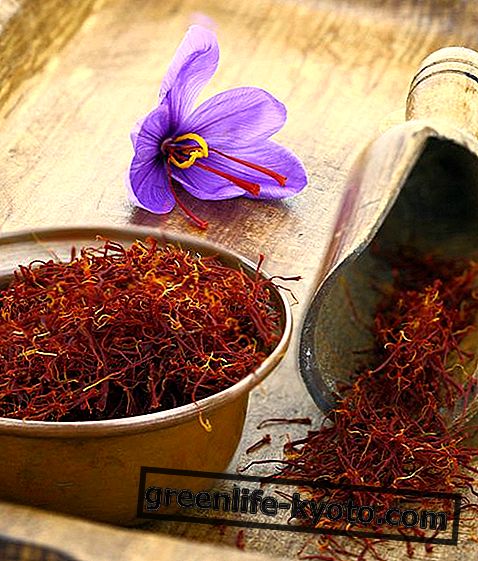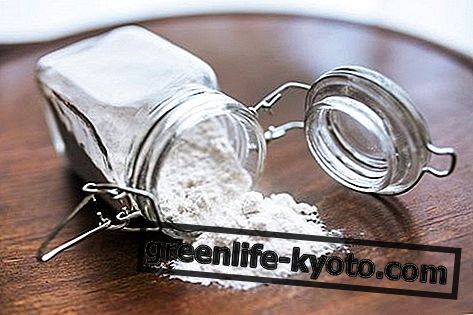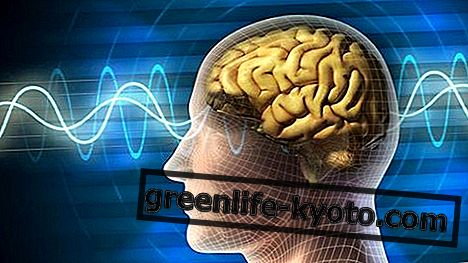
Lactose intolerance : what if it's not a disease? The human body is not "programmed" to digest milk after puberty. Because he doesn't need it. Shocking, isn't it? And if it were really so? Mammals, as adults, do not feed on milk. The enzyme lactase, which digestes lactose in the human body, is produced in ever smaller doses from adolescence onwards.
The reason why we continue to eat milk and derivatives, even in adulthood, is cultural-evolutionary : for about 10, 000 years the development of animal husbandry has been a positive advantage for human populations. Thanks to the breeding of animals, in fact, food derived from their milk became more available. For human organism, therefore, it has been "better adapted" to this situation, producing the enzyme lactase to digest milk and derivatives, even in adulthood.
So, nowadays, even as adults we continue to eat milk and dairy products, but we could have a bad digestion of dairy products. However, we call it lactose intolerance. This presents precise symptoms and to avoid it there are absolutely no foods to avoid.
The symptoms of lactose intolerance
First of all, we know the protagonist: lactose is the sugar found in milk . In our body it is broken down into its components, galactose and glucose, thanks to the enzyme lactase, present on the surface of a group of intestinal cells .
If the enzyme lactase is lacking or lacking in the intestine, lactose passes into the non-decomposed form and cannot be absorbed. It would therefore be more correct to speak of " Lactose malabsorption syndrome " instead of intolerance.
Common is called, it causes a series of more or less annoying and serious intestinal symptoms :
- Abdominal pain and swelling
- Meteorism and flatulence
- Constipation or diarrhea
- Nausea
- Headache
- Fatigue
- Skin eruptions
Warning: not all subjects with lactose malabsorption always present all the symptoms.
You can learn more about food intolerances and tests to identify them
Foods to avoid in case of lactose intolerance
Not just milk . Those who are lactose intolerant should pay close attention to the labels of packaged products, food supplements and drugs as lactose is used as a thickener and excipient .
The diet for those with lactose intolerance therefore includes the exclusion of all products containing lactose, as well as milk and derivatives, and the use of prebiotics to restore healthy bacterial flora .
Here is a list of the main foods to avoid:
- Milk of any derivation (cow's milk, goat's milk, sheep's milk, donkey's milk ...)
- Milk powder
- Milk derivatives such as butter, cream, whey
- Cheeses : mozzarella, robiola and all fresh slightly seasoned cheeses
- Sausages in general, especially cooked ham (always pay attention to the list of ingredients)
- Chocolate and milk candies
- All preserved foods in which the milk appears among the ingredients (also in the form of serum or powdered milk). There are many more than you think!













